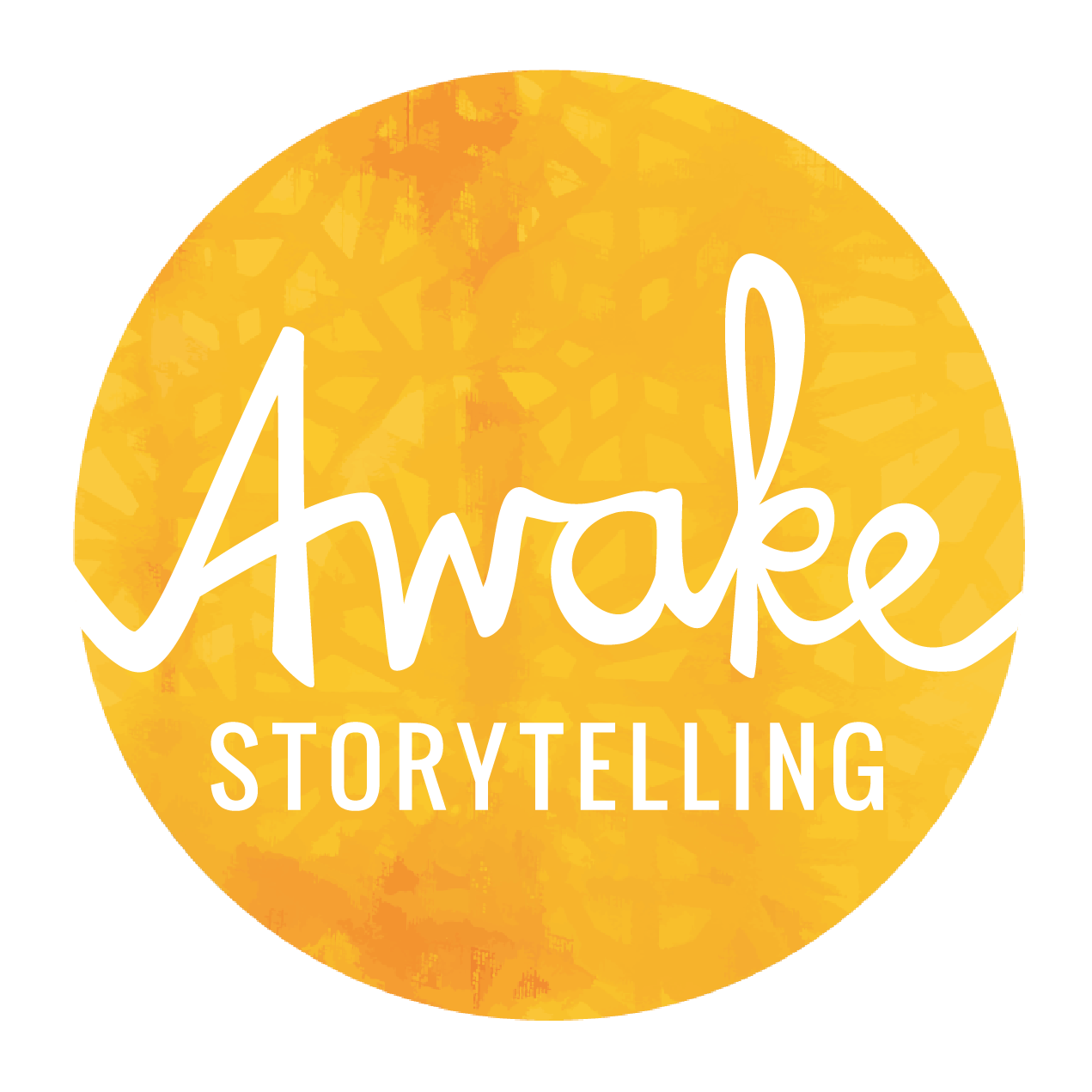The return of Donald Trump to the presidency signals an escalation of authoritarianism, white nationalism, and systemic violence. For nonprofits working toward justice, this raises urgent questions: How should we spend our energy? How reactive should we be? Should we center each harmful policy, or focus on the broader systems that have allowed this moment to arise?
The reality is that nonprofit storytelling cannot afford to be neutral. Silence is complicity. But at the same time, constantly reacting to the latest crisis can keep us stuck in a cycle of urgency that prevents deeper, long-term movement building. Here’s how nonprofits can craft a storytelling strategy that meets the moment without losing sight of the bigger fight for liberation.
1. Name the Reality—Without Normalizing It
Nonprofits must be willing to name the resurgence of fascism, white supremacy, and state violence under Trump’s administration. But we must do so in a way that contextualizes this moment in history, rather than treating it as an isolated aberration. The roots of these oppressive systems stretch back far beyond Trump—colonialism, racial capitalism, and patriarchal violence are foundational to the U.S.
2. Balance Reaction with Vision
It’s easy to get caught in the rapid-response cycle, constantly responding to the latest policy attack, hate crime, or rollback of rights. But nonprofits should ask: Does reacting to each new headline serve our long-term vision? The goal should be to expose harm while staying committed to a larger strategy. Instead of solely responding to each crisis, nonprofits should consistently uplift the world we are fighting for—one rooted in justice, care, and collective liberation.
3. Make the Connection Between Policy and Systemic Oppression
Instead of focusing on Trump as an individual, nonprofits should expose how his administration’s actions fit into the larger structures of white supremacy, capitalism, and patriarchy. Policies like family separation at the border, attacks on reproductive rights, and anti-LGBTQ+ legislation are not just “Trump policies”—they are expressions of deeply entrenched systemic oppression. Nonprofit storytelling should illuminate these connections.
4. Stay Focused on Your Movement’s Role
Every nonprofit has a specific mission—whether it's housing justice, racial equity, workers’ rights, or environmental justice. While it’s tempting to weigh in on every injustice, organizations should remain grounded in their movement’s role. How does your organization’s work intersect with this political moment? How does it advance liberation beyond Trump? Let these questions guide your messaging.
5. Uplift Organizing, Not Just Despair
Trumpism thrives on fear and demoralization. To counteract this, nonprofit storytelling must highlight resistance, resilience, and collective action. Show people how they can plug into movements. Remind them that history is full of moments where oppressed communities fought back—and won.
6. Speak Truth to Power—Even When It Risks Funding
Many nonprofits fear alienating donors by taking bold political stances. But catering messaging to appease funders rather than staying accountable to movements can ultimately weaken our work. Now is not the time for watered-down messaging. If a donor withdraws support because your organization names white supremacy, state violence, or the need to dismantle oppressive systems, then that donor was never aligned with the movement to begin with.
7. Don’t Fall into the “Lesser Evil” Trap
It can be tempting to frame Trump as the singular enemy while treating more “moderate” politicians as allies. But liberalism and centrism have also upheld the status quo of violence and exploitation. Anyone witnessing the genocide of Palestinians conducted by Joe Biden & the Democratic party has been reminded of that. Nonprofit storytelling should not simply advocate for returning to a pre-Trump normal, but instead push for transformational change beyond the limits of electoral politics.
8. Ground Messaging in Collective Care and Solidarity
In times of increased state repression, messaging that fosters collective care is essential. How can your nonprofit’s storytelling cultivate solidarity across movements? How can it remind people that liberation is not an individual endeavor, but a shared struggle?
9. Acknowledge Fascism, But Don’t Let It Define the Narrative
Yes, we are fighting against fascism. But we are also fighting for something—justice, liberation, self-determination. Nonprofit storytelling should not solely focus on what we are resisting, but also on the alternatives we are building.
10. Use Storytelling as a Tool for Mobilization
Ultimately, nonprofit storytelling must inspire action. Every video, campaign, and story should invite people to participate in movement work. Whether that means joining a direct action, redistributing resources, or supporting grassroots organizers, storytelling should make clear that another world is not only necessary—it is possible, and we are building it together.
Final Thoughts
Trump’s presidency will escalate violence against marginalized communities, but it is not the beginning of oppression—nor will it be the end. Nonprofits have a responsibility to tell the truth about this moment while resisting the pull toward reactive storytelling that obscures long-term movement building.
Now is the time to be bold, to name the systems at play, and to tell stories that do more than react—they must mobilize, radicalize, and bring us closer to liberation.
